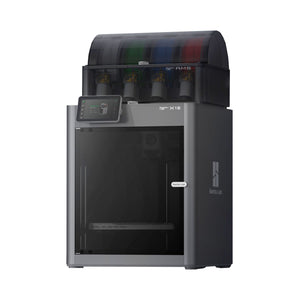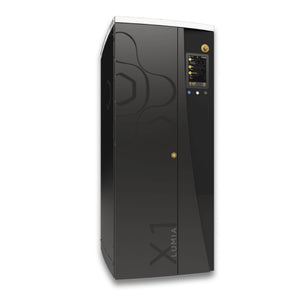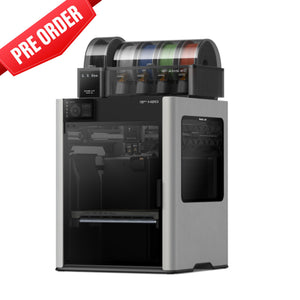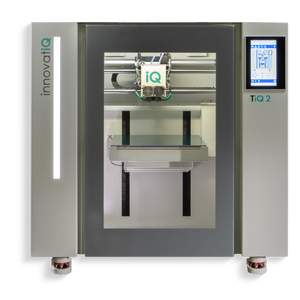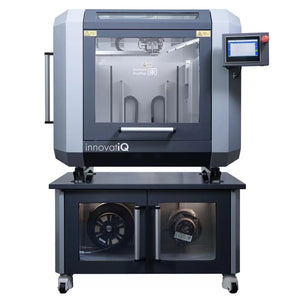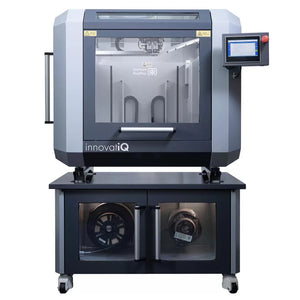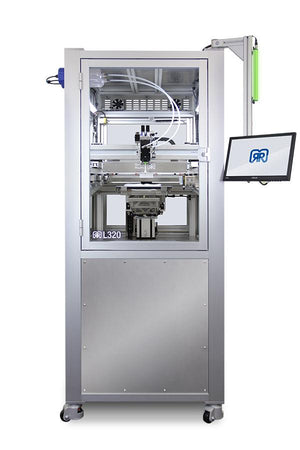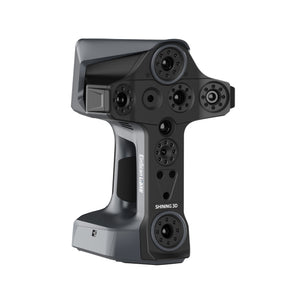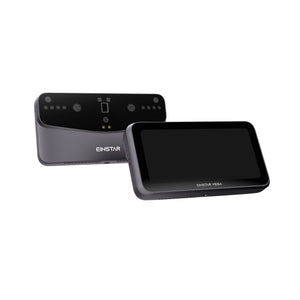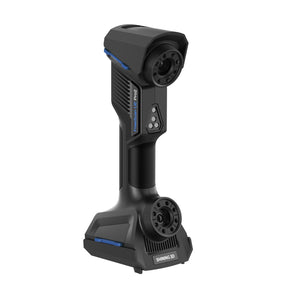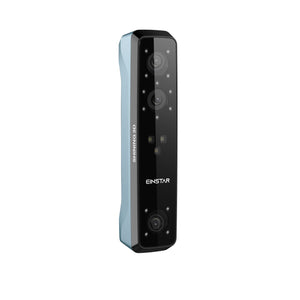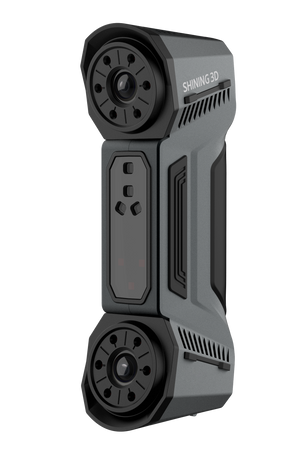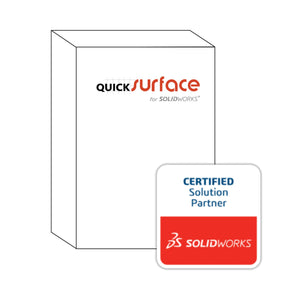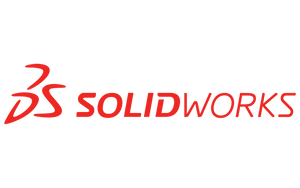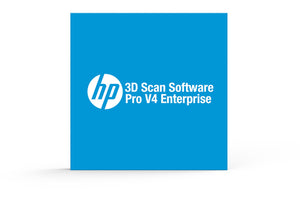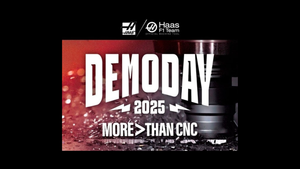May 13, 2022
Can The Tooling Process Be A Hidden Money Saver In Your Business?
A Quick Definition
Tooling, or machine tooling, refers to the practice of providing a factory with the necessary equipment and tools for a particular process. It’s the umbrella that catches the raindrops of cutting tools, jigs, fixtures, gauges, dies, molds, and patterns. Each process is reliant on a specific set of tools that are rarely interchangeable and often expensive to reproduce. Any change in tooling has a direct impact on the production’s quantity, quality, and pricing, further impacting a business’ bottom line.
Each tool on the production line can cost up to hundreds of dollars to replace, and often spare tool inventory is kept slim to manage towards profit.

So how can advanced manufacturing help? There are two approaches, incremental and disruptive.
First we start with….
A Digital Twin
- This is the foundation for incorporating advanced manufacturing into the tooling process. If you don’t have a digital file of your jig, fixture, die, etc., the process of 3D printing will be impossible.
How do you get a digital twin?
3D Scanning & 3D CAD
- You can 3D scan your source part either fresh in from your supplier, when it’s in ideal shape and won’t need a lot of correcting in your CAD software, or
- You can 3D scan the source part when it comes out of circulation. You will need to spend more time fixing the piece in the CAD software to make sure that it will work as originally intended.
- BUT here’s when having an experienced member of your team really pays dividends. When creating your CAD file, regardless of source material, the technician needs to be very aware of how the printed part will be used and design it for the advanced manufacturing process to make sure it is equally durable. A big part of that is considering what printing process and materials you will be using.
So now what? It feels like we’re walking right into….
3D Printing!
- You could stop there and send your digital files out to different factories for new bids, but then you have to wait - for bids, for production, for shipping - and what if supply chains crash again?

image: SLS 3D printed replacement components compared to original
Incremental v Disruptive
Here is where you decide if you’re going to stick with the steps above for incremental change or bring it all in-house for and take control of your production line and make some positively disruptive changes!
- You chose to really shake it up? Ok, so now you have to really think about which advanced manufacturing process will work best for your tools. Are they suited for FFF, SLS, MJF, or any of the other processes?
“But I can’t do all this in-house, my company is too big/too small! This is too much work, ugh!” We know, change is hard, but it can also save you tons of money - in time and literal dollars. Don’t take our word for it...
How To Crawl Before You Walk
In 2020, AdditiveManufacturing.Media reported on the culture change underway at the GM Plant in Spring Hill, TN as they embraced advanced manufacturing (3D CAD and 3D Printing). The first project - replacing a washer. The team was able to drive the cost down from $37 to $0.13, allowing the concept of 3D printing to flourish within the plant.
“That was when we realized we can now potentially replace parts instead of buying a whole assembly, and print locally instead of sending jobs out.” Chris Geddes, an employee of design firm Gresham Smith, embedded at GM
THEY SAVED $36.87 ON A WASHER!!
Where are you throwing money down the washer in your production line?
Read More On Tooling
Here are a couple stories we’ve shared before about the success in transitioning to an advanced manufacturing tooling process:
- Reduce your tooling costs with advanced manufacturing
- Creating custom, medical jigs for injured wildlife
There are opportunities to create rapid and lasting change in your organization by embracing advanced manufacturing in the tooling process. If you have ideas, but aren't sure if the specs will work, the team at 3DChimera will help validate your concept against best practices in advanced manufacturing.




